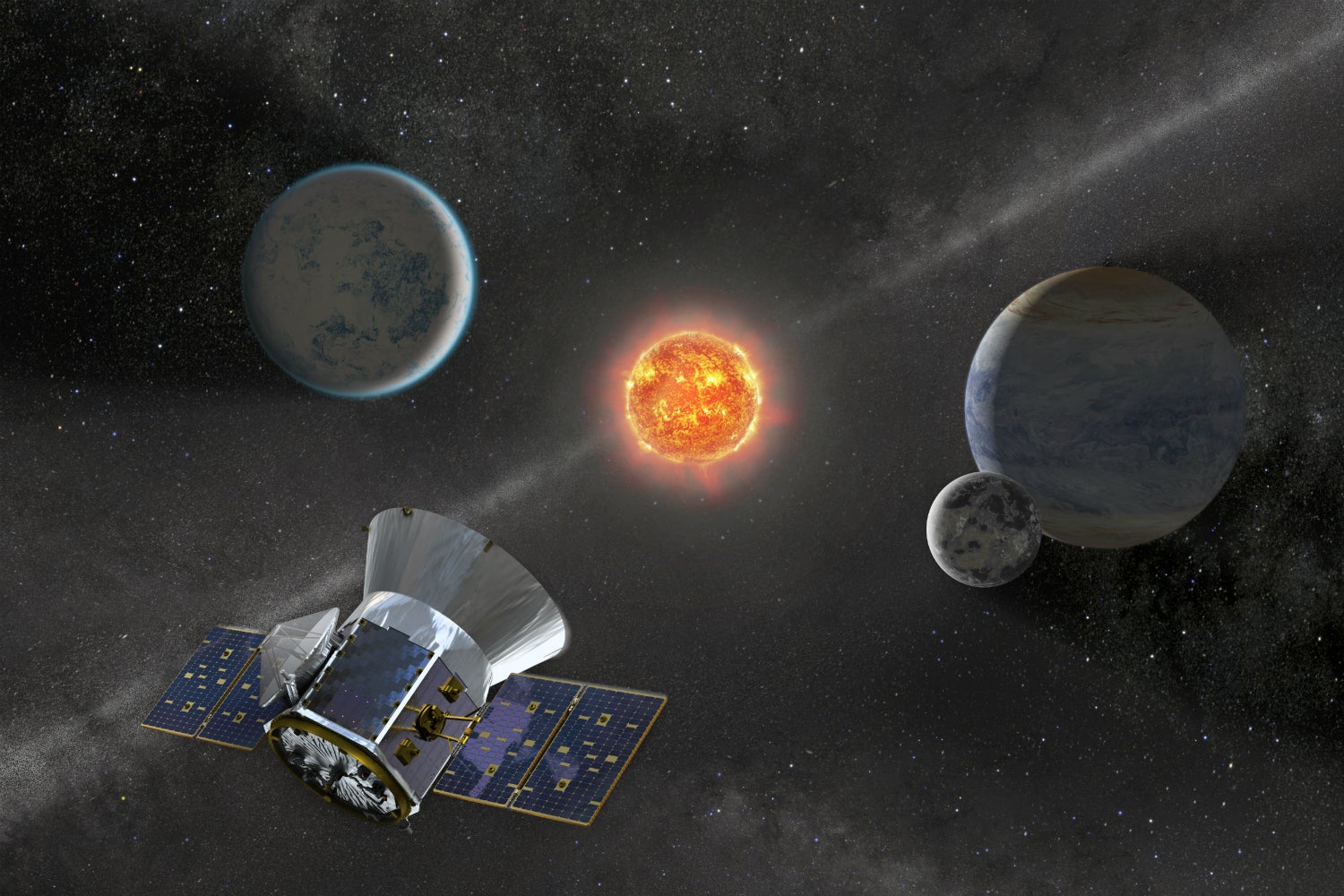A few days ago, I came a cross a gas giant (class V) orbiting exremely close to its parent star.
I don't know how common it is, but I had never seen (or perhaps noticed?) such an extreme before (at least not with a main sequence star, M class, in this case).
I have seen plenty of metal rich bodies that orbit within scooping distance of the star, but never experienced a gas giant within the star's scooping range.
I noticed it because I could not scan the planet with the FSS, it was too close and kept giving me an error.
The orbit time was less than 4 hours, and a rough calculation (based on the data on the journal) showed that the shortest distance between star and planet is about 200,000km (0.67ls).

I don't know how common it is, but I had never seen (or perhaps noticed?) such an extreme before (at least not with a main sequence star, M class, in this case).
I have seen plenty of metal rich bodies that orbit within scooping distance of the star, but never experienced a gas giant within the star's scooping range.
I noticed it because I could not scan the planet with the FSS, it was too close and kept giving me an error.
The orbit time was less than 4 hours, and a rough calculation (based on the data on the journal) showed that the shortest distance between star and planet is about 200,000km (0.67ls).










